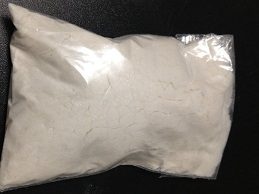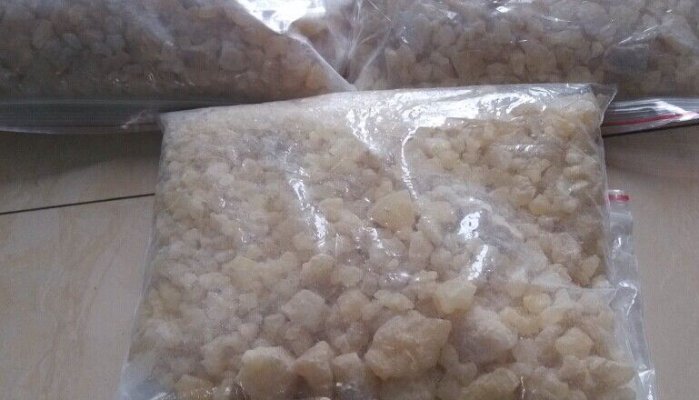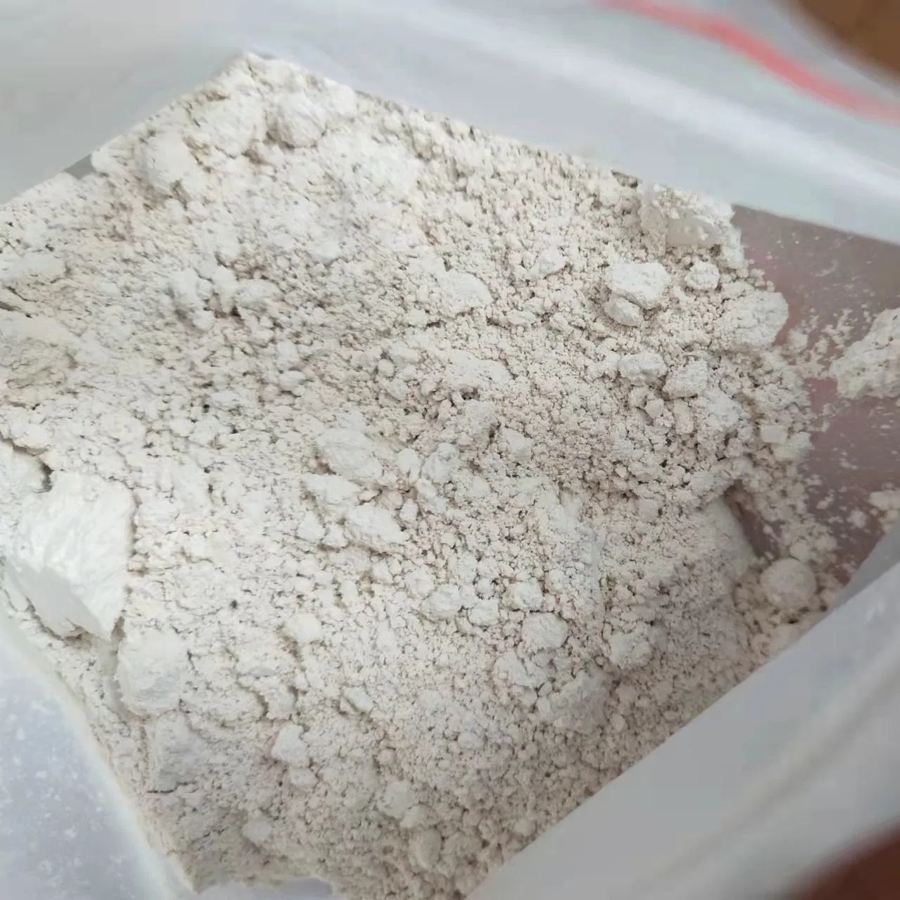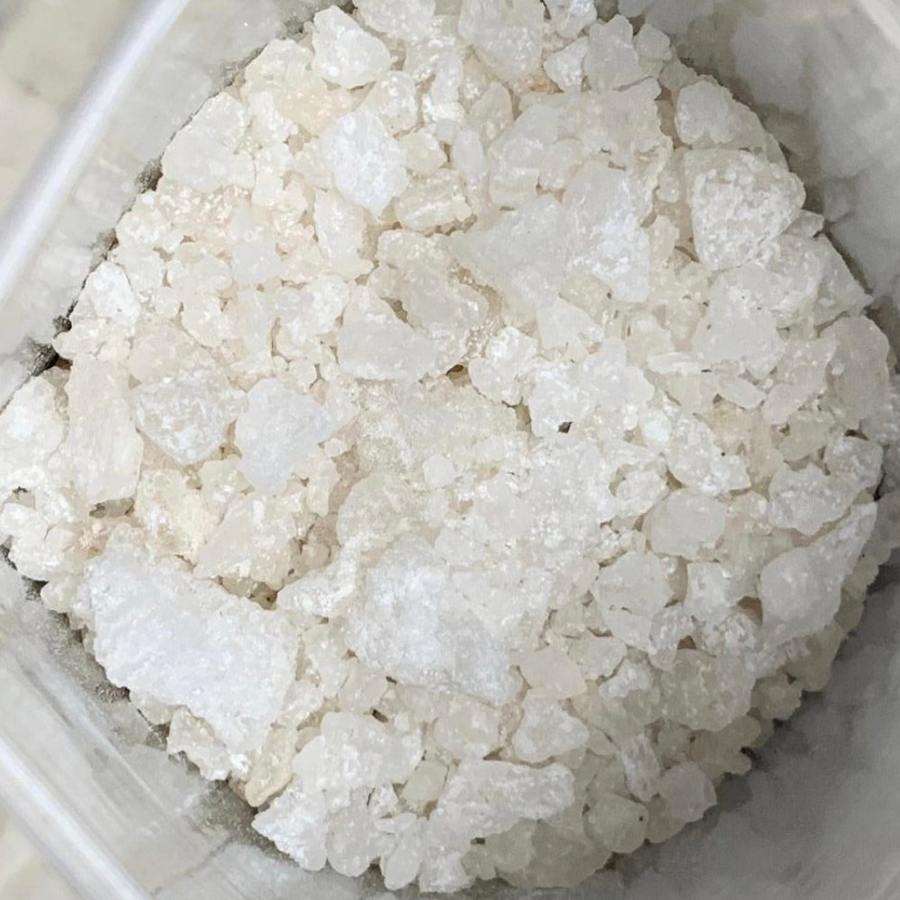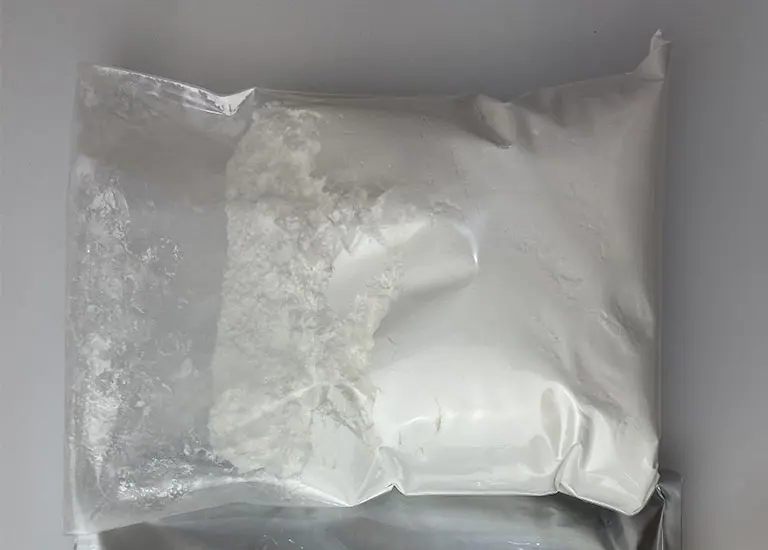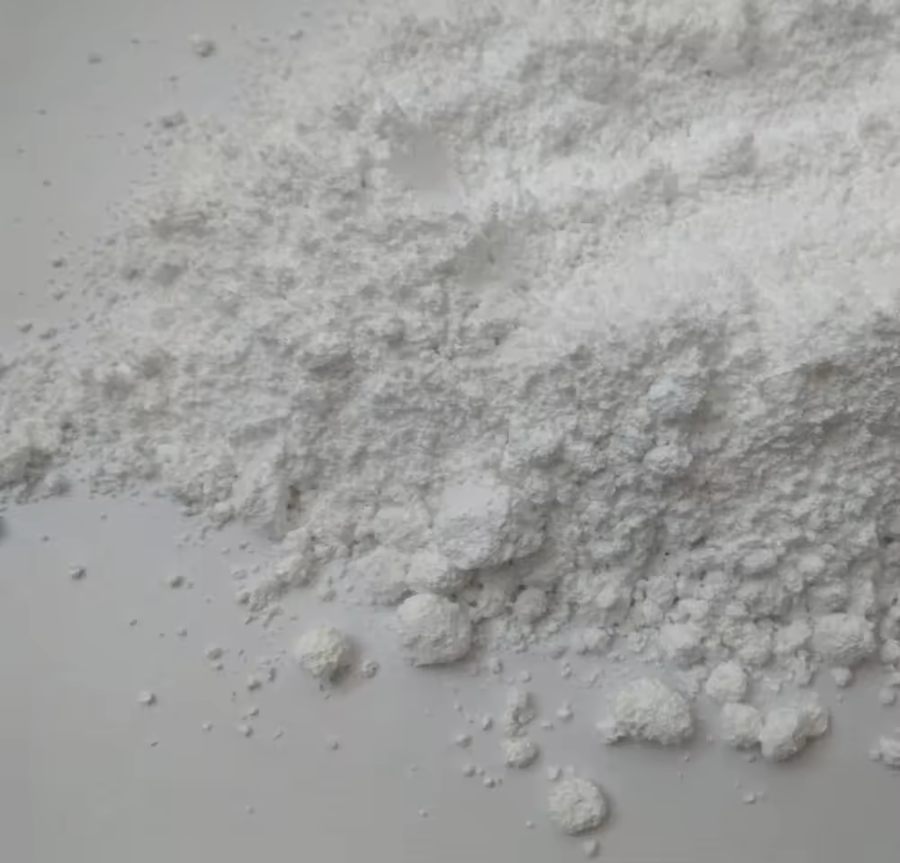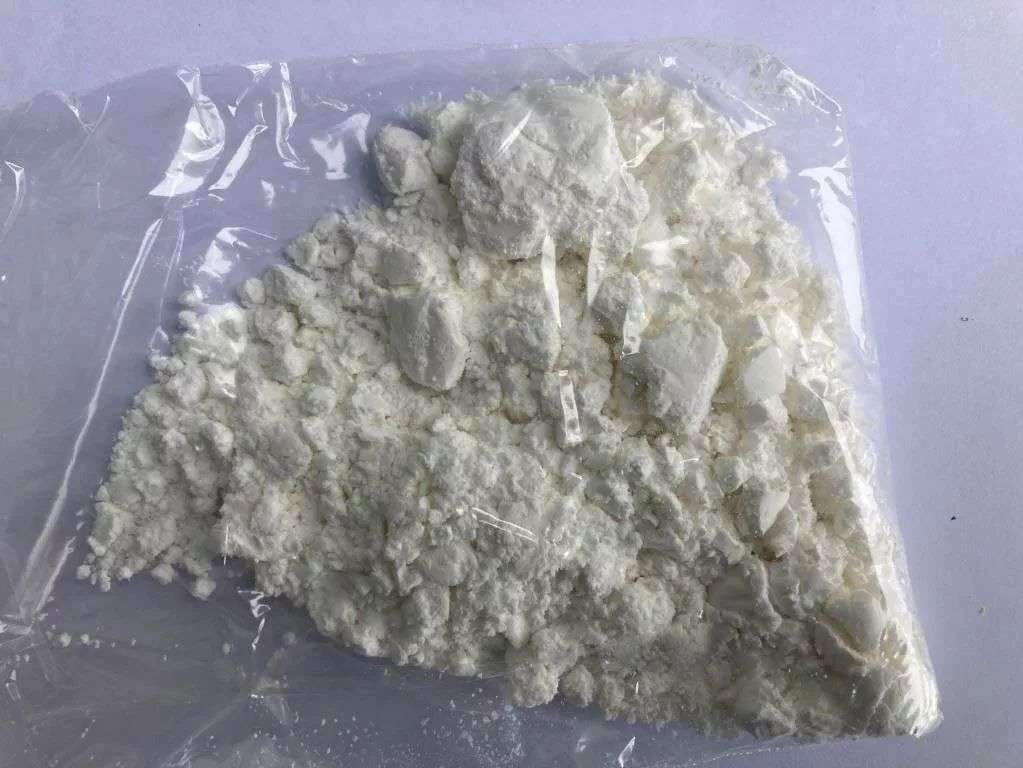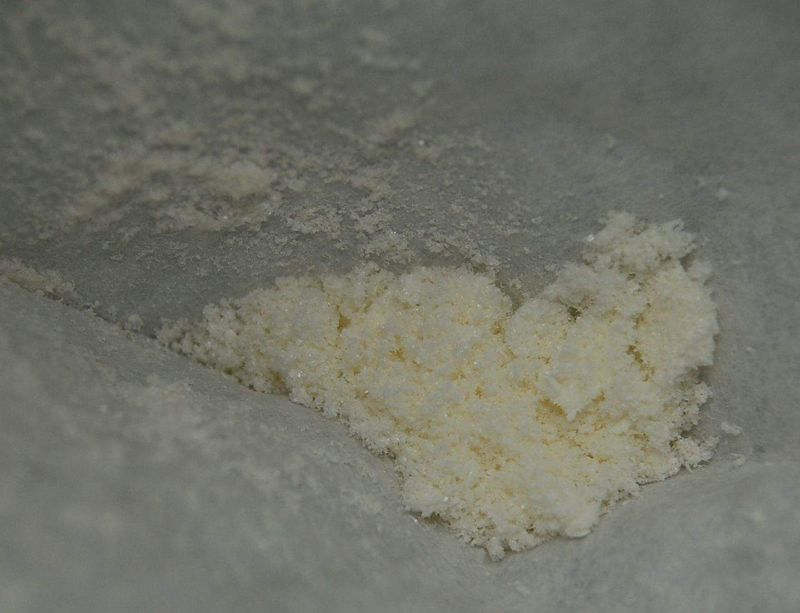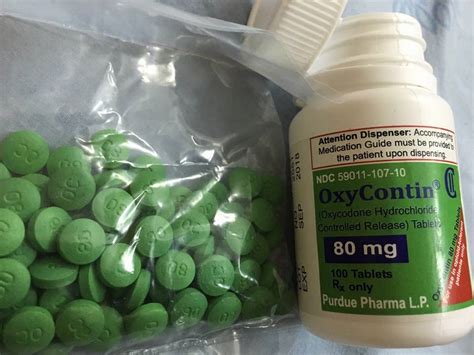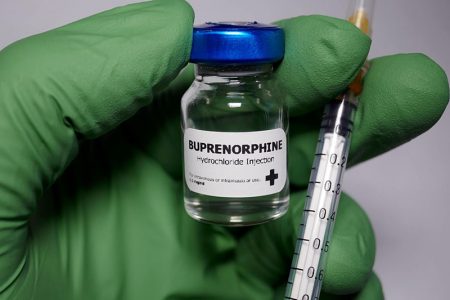
Buprenorphine is an opioid painkiller that has a semi-synthetic nature. The substance is a derivative of thebaine, an alkaloid related to narcotic analgesics. Its chemical structure is close to morphine, among the painkillers of opiates, the drug is one of the most effective. Pharmaceutical preparations with this active substance are called Anfin, Buprem, Norfin, Buprenal, Buprenex, Buprex, Lepetan, Torgesik, Sangezik, Temgezik, Unifin.
Externally — it is a powder of white crystals that are difficult to dissolve in water, but in ethyl alcohol, the substance is soluble to a non-sufficient state. The commercial name in English is Buprenorphine.

Chemical formula of buprenorphine
The drug is available in ampoules and tablet form. The composition of one injection dose is 0.3 mg of buprenorphine hydrochloride. The sublingual tablets contain 2 or 4 mg of buprenorphine hydrochloride plus additional ingredients-corn starch, aspartame, citric acid and some other ingredients. Buprenorphine is designated by the chemical formula-C29H42CINO4.
Addiction to the drug occurs after therapeutic treatment or when it is deliberately used for other purposes. The narcotic effect is expressed in obtaining pleasure. At the same time, the nervous system is not depressed, as it happens with the use of morphine or heroin. The drug has a stimulating effect on the central nervous system. When abused, a person develops aggression, anxiety, and sleep disorders.
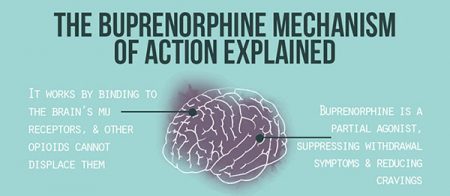
The history of the appearance of the substance
Buprenorphine began to be used as a powerful painkiller more than thirty years ago. Clinical use is typical for the most severe pain syndromes in oncology and surgical procedures. The duration of the drug is long, but the interval between administration and the beginning of the effect is significant, which reduces its positive characteristics.
Since 1996, Buprenorphine has been used as a drug substitute in the treatment of opiate addiction. It is safer than methadone, so it is used in drug treatment in many countries. The drug facilitates the well-being of drug addicts during withdrawal, but has a drawback — it develops addiction if you use it in a crushed form with water intravenously or inhale the resulting powder.

Medical applications
Buprenorphine is a drug related to powerful analgesics, with its help, acute pain is relieved and pain is relieved in cancer patients and patients who have undergone surgery. It is also used to treat opioid addiction. The use of Buprenorphine in medicine has its own characteristics, the violation of which can lead to undesirable consequences.
The drug is prescribed for treatment in a hospital or at home under the supervision of a doctor.
It is used sublingually with the obligatory retention of the tablet in the mouth until it is completely dissolved.
Taking the drug for withdrawal syndrome is carried out according to the scheme-at the beginning of withdrawal, 6 hours after the injection of the opioid drug.
The algorithm for taking the drug in the treatment of drug addiction provides for an initial dose of 4 to 8 mg with a gradual transition to a dosage of 2 to 4 mg. The interval between sessions is no more than 8 hours. The highest therapeutic dose is 32 mg per day. The duration of the course is at the discretion of the doctor.
Signs of use
When abusing drugs based on buprenorphine, a person gets pleasure, a high occurs due to the effect of the substance on the opiate receptors of the brain. Buprenorphine has the property of knocking out the action of other drugs from the receptors and occupying their niche. Therefore, it often happens that when being treated for addiction, the addict replaces one addiction with another.
Signs of the use of buprenorphine a drug is a whole list of pathological abnormalities in the state and behavior of a person:
-unconscious speech, stretching of words and phrases;
-the desire for privacy and the desire to be in silence;
-insensitivity to pain;
-decreased blood pressure and impaired respiratory function;
-constricted pupils;
-paleness of the skin.
A visual sign is the presence of traces of injections. The accuracy of determining the presence of a drug in the body is related to the study of a urine test, according to the listed symptoms, it is impossible to say which drug the resident took, since the signs of taking all opiates are similar.

